Last year, I initiated a small survey to understand what approaches ISPs in Europe are taking to deploy IPv6, eventually expanding it to a global survey.
A link to the survey was previously published on RIPE Labs and the first results were presented during RIPE 73 in October 2016.
The survey is still ongoing, so if you haven’t already taken it, please do so we can form an even more detailed picture of IPv6 deployment.
So, how is IPv6 being deployed at the moment?
In terms of access technologies, FTTH, xDSL and 3G broadband are the most popular, while DOCSIS is becoming less so. As we could expect, there is also a small increase of IPv6 as a commercial service vs being just a trial (see Figure 1 below).
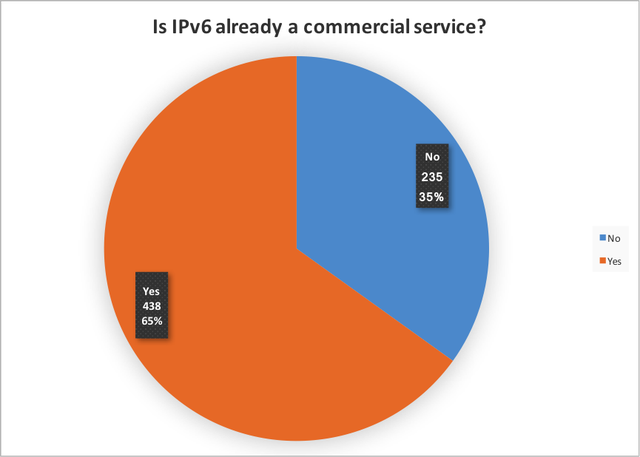
Figure 1: Number of organisations that provide IPv6 as commercial service is increasing
In terms of what size of prefix is being used for the WAN link, /64 continues to be the most popular. Most organisations are using globally unique unicast addresses (GUA) (over 62%), and more ISPs are now using the 1st /64 of the customer's prefix for the point-to-point connection (see Figure 2 below).
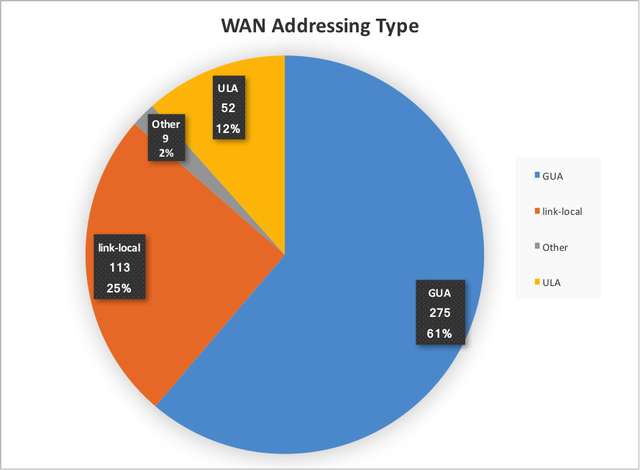
Figure 2: WAN Addressing Types
The numbers for prefix sizes for the customer side remains constant with
- 22% using a /48
- 36% using a /56 and
- 33% a /64.
This is something we really need to change — we need to make sure that new and existing deployments should consider using a /48 instead, as I’ve explained in a earlier RIPE Labs article.
Another interesting point is that 63% of the IPv6 services offer “stable” prefixes (what we call persistent in the BCOP ripe-690 document IPv6 prefix assignment for end-users - persistent vs non-persistent, and what size to choose).
Finally, and this is what I found very interesting, it looks like new IPv6 deployments are using “newer” transition mechanisms such as 464XLAT and MAP-E/T, or even pure dual-stack with public IPv4 addresses instead of CGN.
This is something I would like to stress: IPv4 is gone, deploying dual-stack with public IPv4 addresses is not going to be feasible anymore, and CGN is breaking too many things, so the right way to go, especially if you have also cellular networks and want to use a single transition mechanism for all of them, is to look into 464XLAT!
If you want to see more result, you can watch my presentation at APNIC 44 (slides and video).

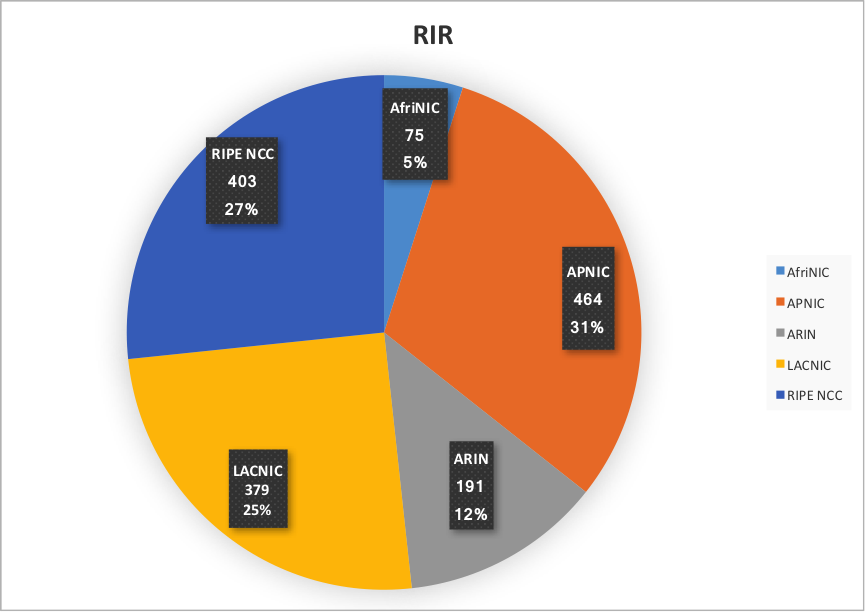
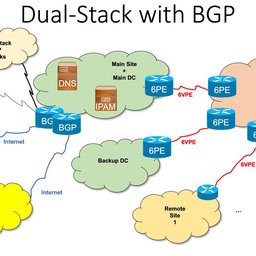
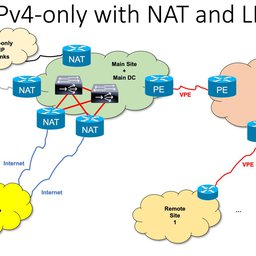
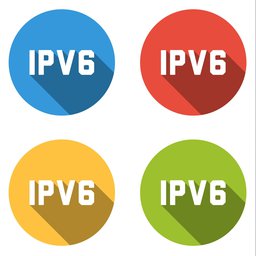
Comments 0
The comments section is closed for articles published more than a year ago. If you'd like to inform us of any issues, please contact us.